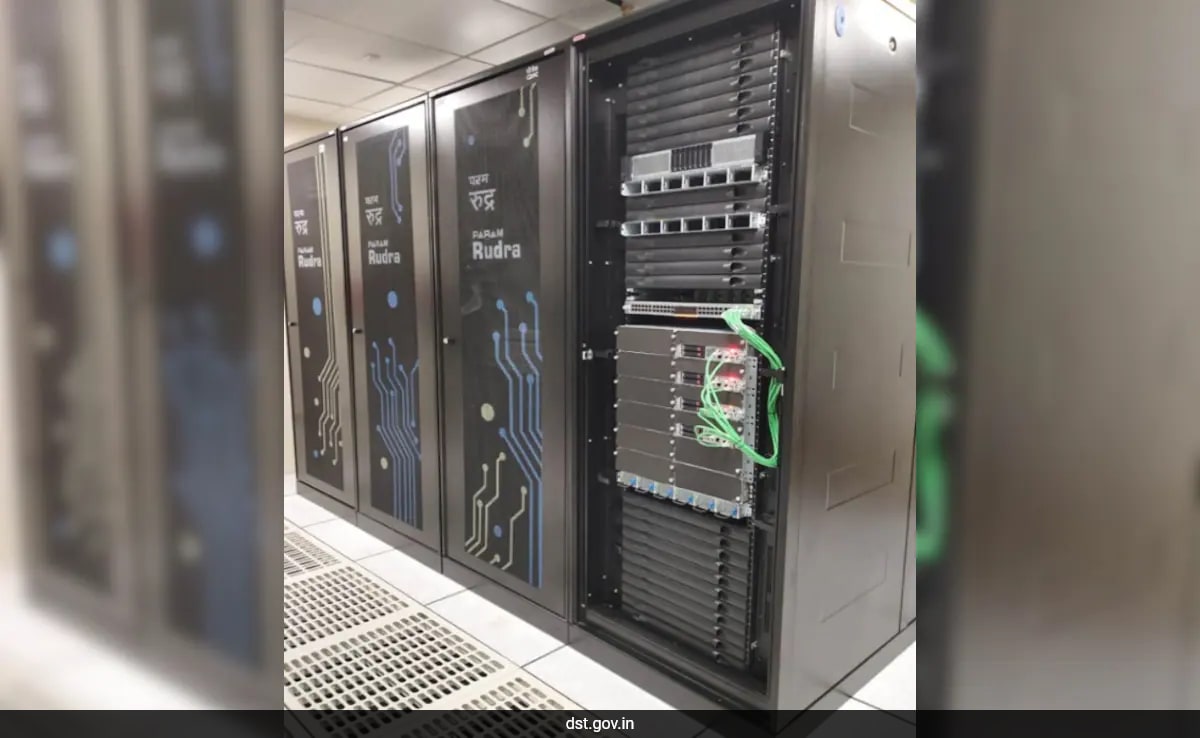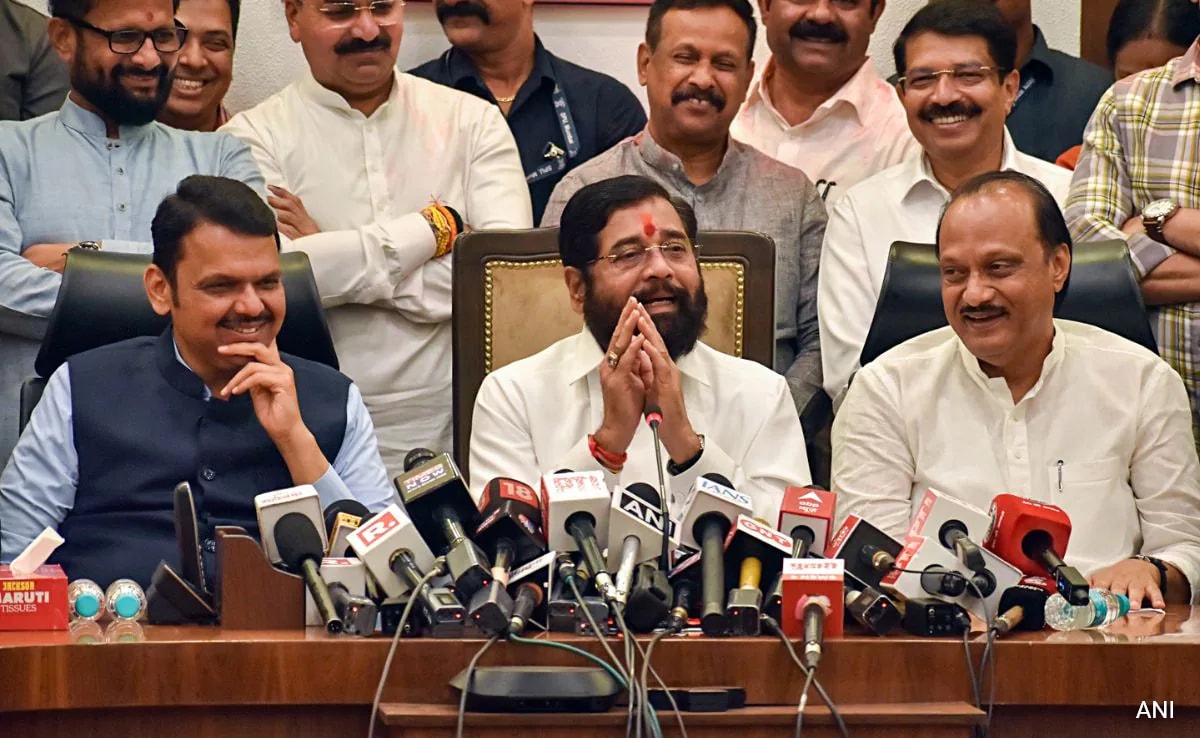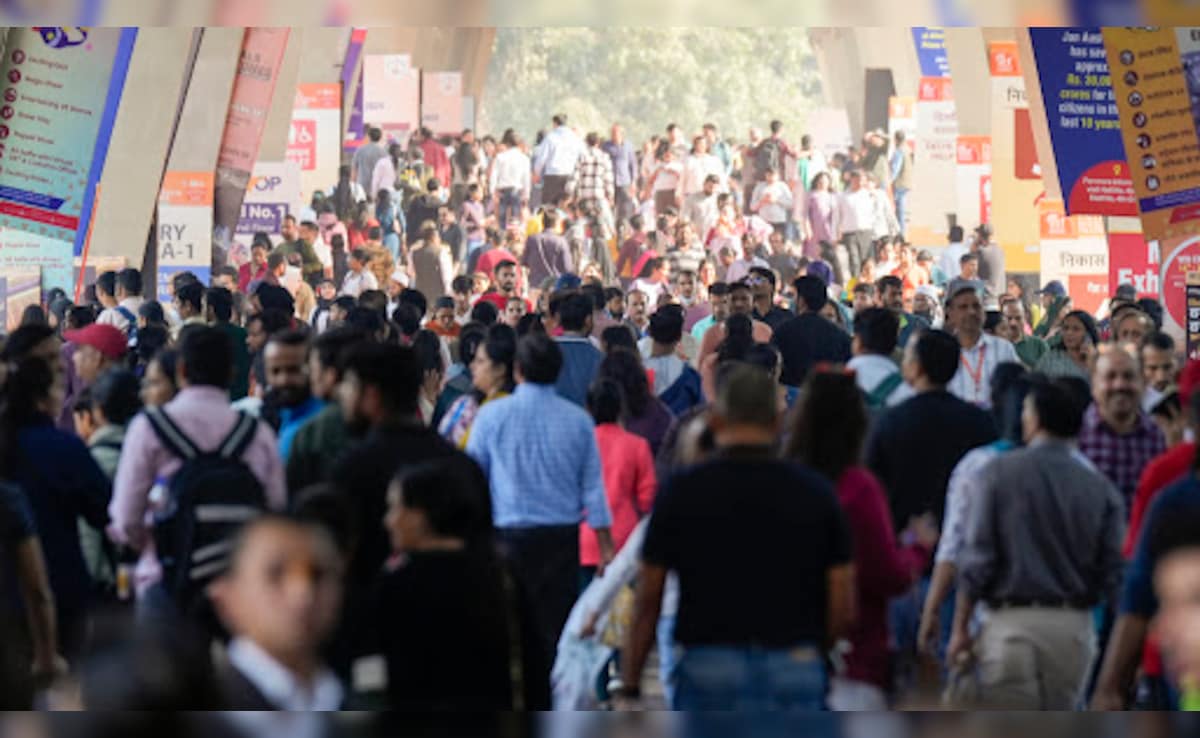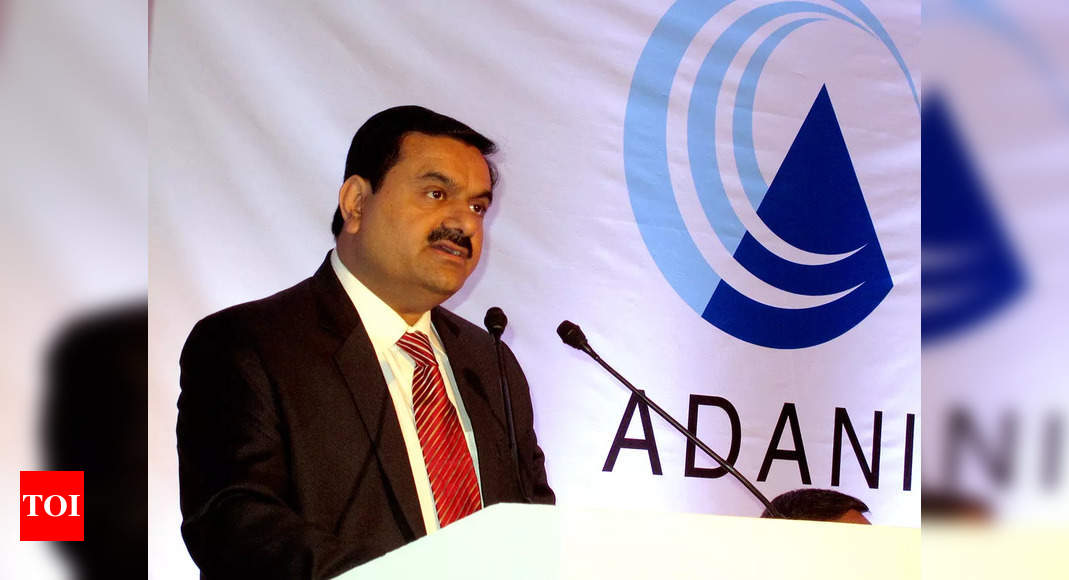

Param Rudra is capable of handling complex calculations and simulations at a very high speed.
In a significant step towards making India self-reliant in supercomputing technology, Prime Minister Narendra Modi will today dedicate three indigenously developed PARAM Rudra supercomputers to the nation.
Here’s your 5-point cheatsheet to India’s Homegrown Supercomputer
-
The Param Rudra incorporates the latest cutting-edge hardware and software technologies, with a significant portion of its components being manufactured and assembled in India.
-
Param Rudra is capable of handling complex calculations and simulations at a very high speed. These homegrown and developed supercomputers are prime examples of India’s technological advancements.
-
Param Rudra is used for research in fields such as weather forecasting, climate modelling, drug discovery, materials science, and artificial intelligence. These supercomputers provide researchers with the computational tools necessary to tackle challenging problems and make significant discoveries.
-
These supercomputers have been deployed in Pune, Delhi, and Kolkata to facilitate pioneering scientific research. The Giant Metre Radio Telescope (GMRT) in Pune will leverage the supercomputer to explore Fast Radio Bursts (FRBs) and other astronomical phenomena. Inter University Accelerator Centre (IUAC) in Delhi will enhance research in fields like material science and atomic physics. The S N Bose Centre in Kolkata will drive advanced research in areas such as physics, cosmology, and earth sciences, it added.
-
These supercomputers are prepared under India’s National Supercomputing Mission (NSM), which has been set up to provide the country with supercomputing infrastructure to meet the increasing computational demands of academia, researchers, MSMEs, and startups. It is a first-of-its kind attempt to boost the country’s computing power.







